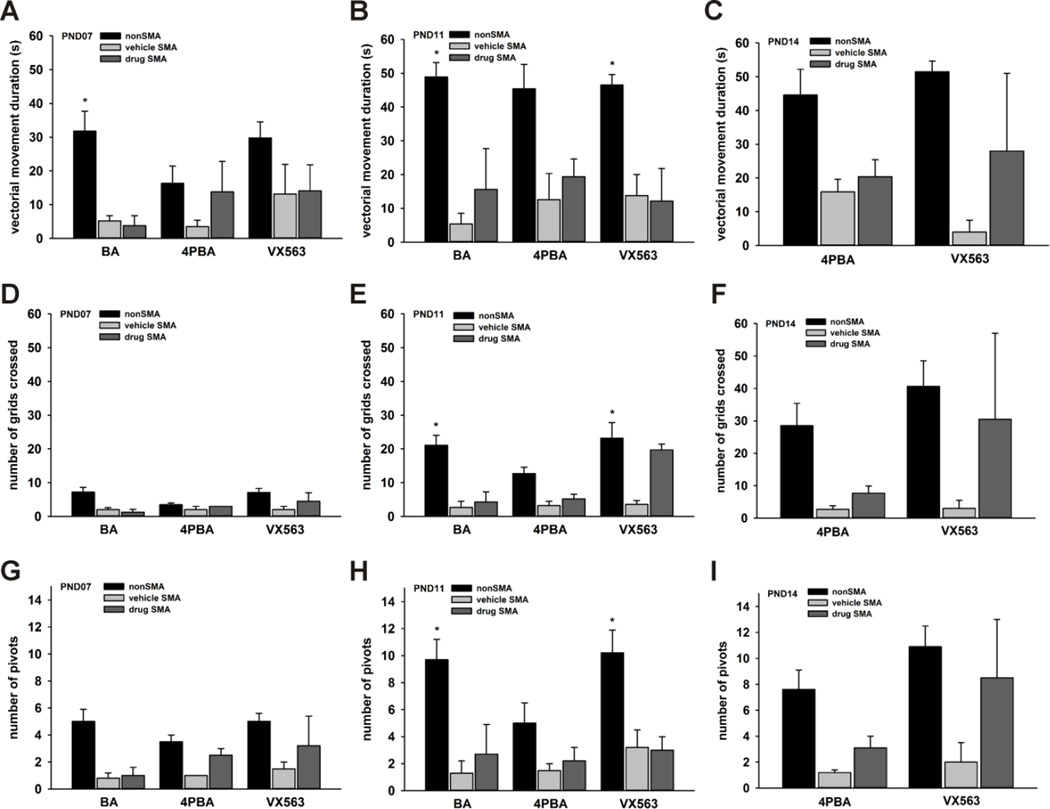Figure 5. The effects of butyrate analogues and prodrugs on the motor phenotype of SMNΔ7 SMA mice.
SMNΔ7 SMA mice were treated with BA, 4PBA, VX563 or their appropriate vehicle daily beginning at PND04 and were assayed for locomotor behaviors at PND07 (all drugs), PND11(all drugs) and PND14 (4PBA and VX563). Age-matched, non-SMA (carrier as well as normal) littermates were also assayed as controls. Vectorial movement (A-C), or locomotion in one direction at a distance greater than the body length (Butchbach et al., 2007a), was reduced in vehicle-treated SMNΔ7 SMA mice at PND07 (A), PND11 (B) and PND14 (C). The duration of vectorial movement was not significantly altered in SMNΔ7 SMA mice treated with BA, 4PBA or VX563. Spontaneous locomotor activity (D-F)—as measured by the number of grids crossed in 60 s (Butchbach et al., 2007a)—was reduced in vehicle-treated SMNΔ7 SMA mice at PND07 (D), PND11 (E) and PND14 (F). While none of the butyrate compounds had a statistically significant effect on spontaneous locomotor activity, there were trends for phenotypic improvement in 4PBA- and VX563-treated SMNΔ7 SMA mice. The number of 90° pivots (G-I) was reduced in vehicle-treated SMNΔ7 SMA mice at PND07 (G), PND11 (H) and PND14 (I). There were no statistically significant changes in pivoting behavior in SMNΔ7 SMA mice treated with BA, 4PBA or VX563 although there were trends for increased pivoting in 4PBA- and VX563-treated SMNΔ7 SMA mice. The asterisk (*) denotes a statistically significant (p ≤ 0.05) difference when compared to vehicle-treated SMNΔ7 SMA mice for each drug.

